
Healthy Living
Teaching children healthy living habits is crucial for their overall well-being and sets the foundation for a healthy adulthood. Visuals can convey complex information about nutrition, exercise techniques, mindfulness practices, and other health-related topics.
To teach about healthy living, start by modeling healthy habits such as eating nutritious foods, take movement breaks, and manage stress positively. Incorporate healthy habits into everyday activities in fun and enjoyable ways. Teach children how to set realistic goals and praise healthy choices.
Here are some visuals to help teach and reinforce healthy habits in these areas:
Nutrition
Teach children about the importance of balanced nutrition. Involve them in meal planning, grocery shopping, and preparing healthy meals. Explain the benefits of fruits, vegetables, whole grains, and lean proteins.
Identify which foods are healthy. Make a sorting mat of different food into healthy / unhealthy or by various food groups.
Talk about the food pyramid or MyPlate.
Check out these resources:
- Food Pyramid: https://www.youtube.com/watch?v=0KbA8pFW3tg&t=239s
- MyPlate: https://www.myplate.gov/life-stages/kids
Looking for an afternoon snack? Make a menu or choice board of healthy snack options.
Create health recipes for cooking activities.
Working with a picky eater? Try some ideas here:
Here are more healthy eating habits visuals and activities.
Physical Activity
Limit screen time and encourage children to engage in physical activities they enjoy, such as sports, dancing, biking, or playing at the playground. Make physical activity a regular part of the family routine.
Take a 5 minute Brain Break to stretch and move. YouTube offers many videos with movement activities: https://www.youtube.com/results?search_query=brain+breaks+for+kids
Find fun ways to move and stretch.
Play a board game and move like the animals as you move your piece.
Make a schedule of movement exercises or checklist with a reward.
Make visuals and games with yoga poses.
Mindfulness
Mindfulness involves acknowledging and accepting one's feelings, thoughts, and bodily sensations. It involves being fully present and aware of what is happening internally and externally. Teach children techniques to manage stress and emotions positively, such as deep breathing exercises, yoga, or spending quiet time in nature.
Teach feelings. Delve into deeper feelings and how people can have different feelings about the same topic. (I like roller coaster but my friend does not.)
Talk about strengths and challenges - we all have them! Discuss how to try new things and managing with something is hard.
Create opportunities to self-monitor feelings, health, and overall well-being.
Create affirmations for self-praise and positive thinking.
Consider size of a problem and responses. Discuss strategies for managing strong feelings.
Journal for self-reflection.
Hygiene
Help children understand importance of daily hygiene habits such as brushing teeth and washing hands. Make a schedule to help as a daily reminder.
Teach about germs and ways to avoid getting sick.
Good Night Sleep
Emphasize the importance of a consistent bedtime routine and enough sleep for their health and growth. Establish calming bedtime rituals and limit stimulating activities before bedtime.
By consistently incorporating these strategies into daily life and emphasizing the importance of health in a positive manner, you can help children develop lifelong habits that contribute to their well-being and success.
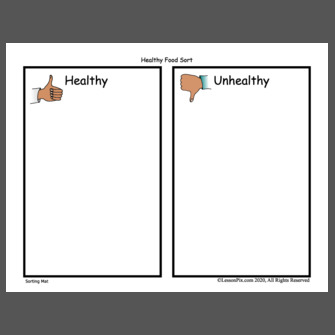
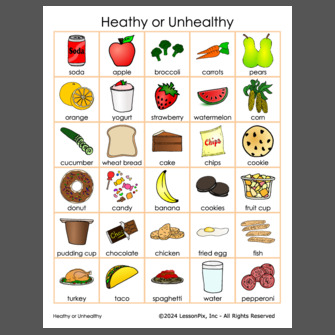
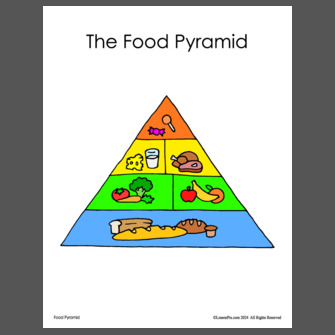
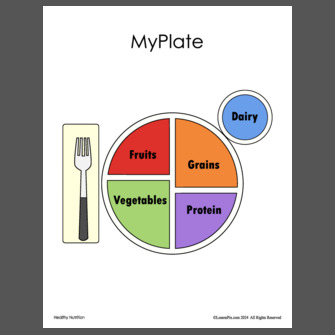
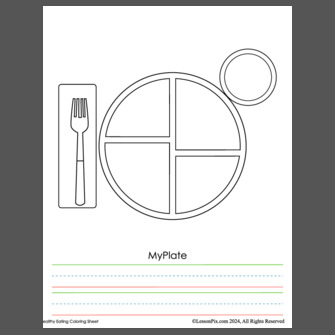
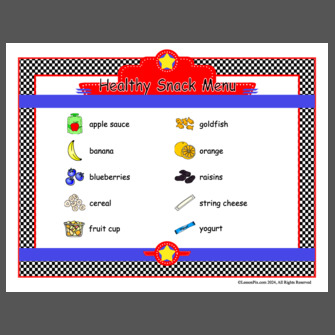
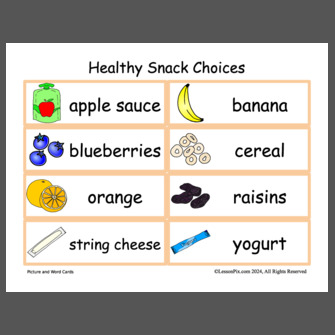


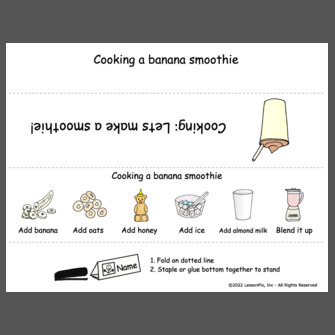


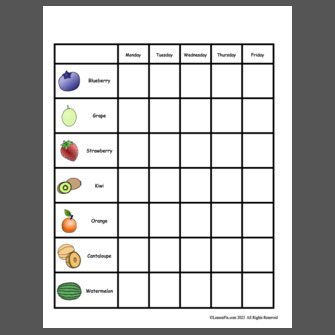
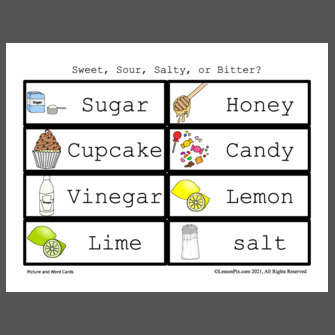
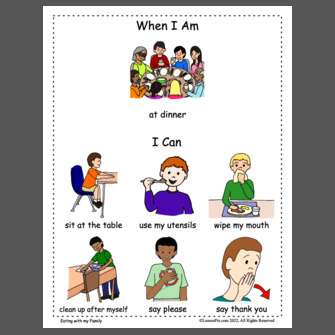
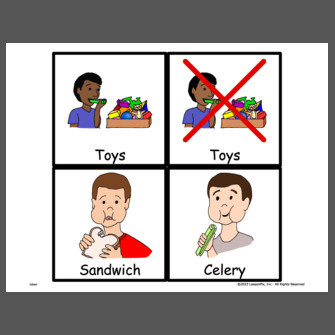

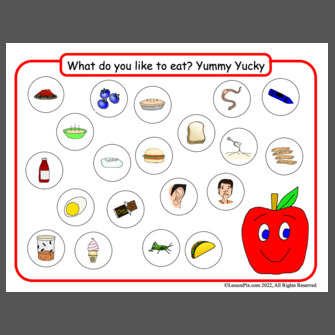
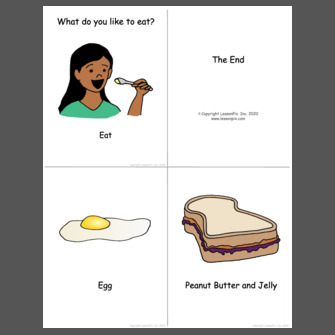
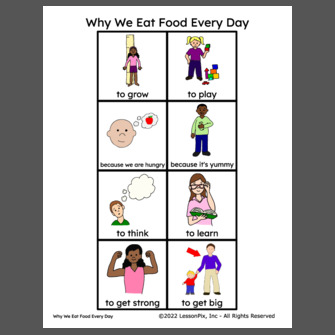
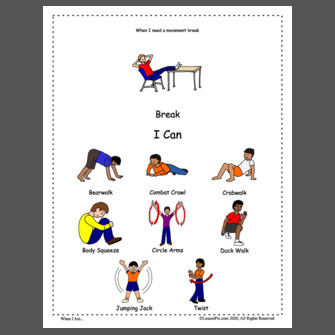
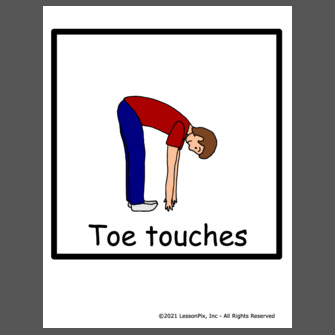
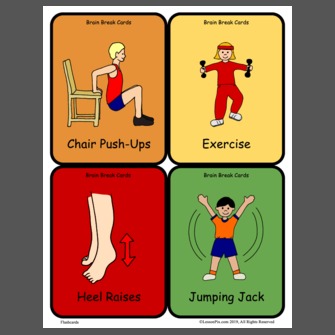

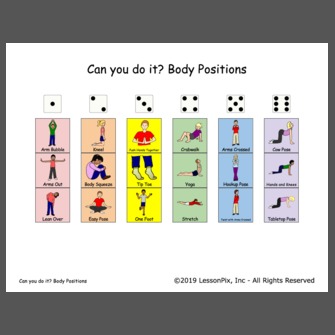

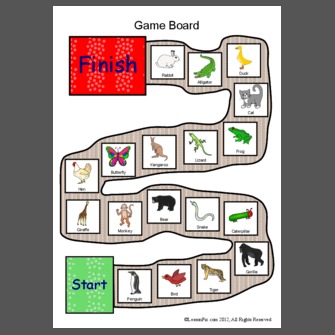

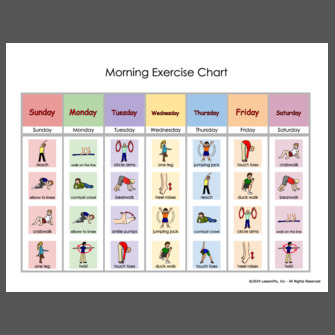
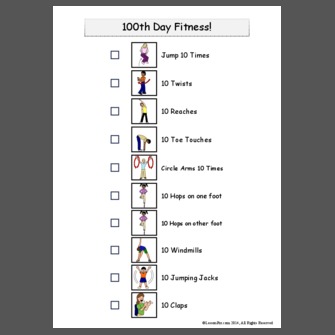
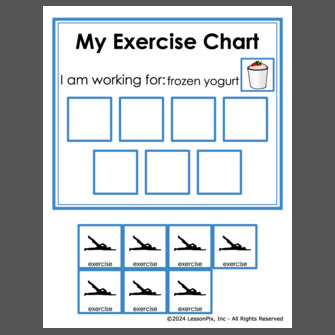
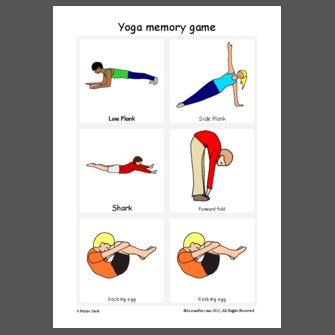

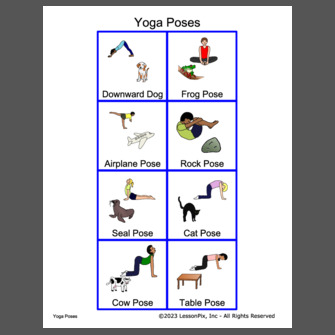
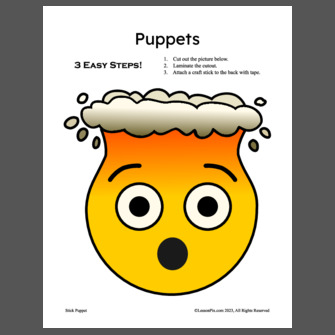
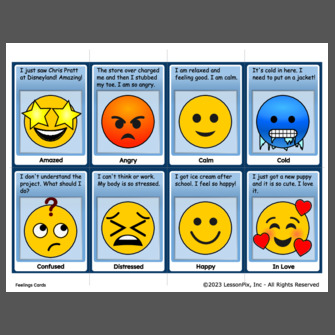

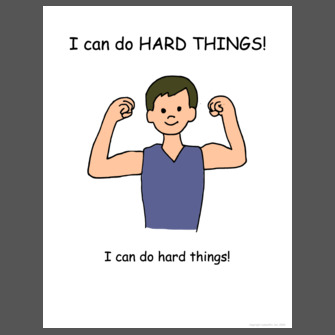
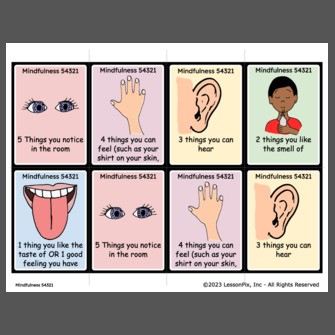
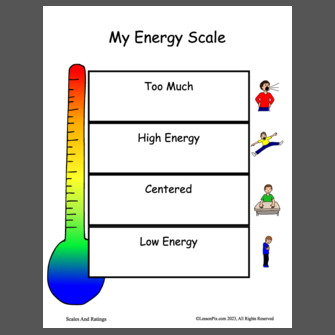
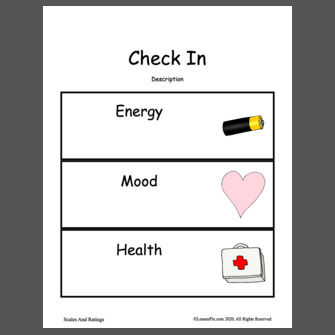
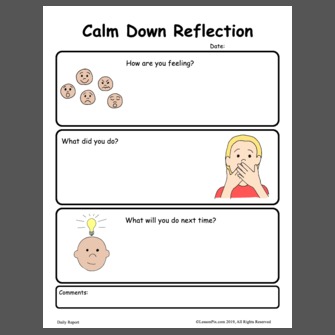
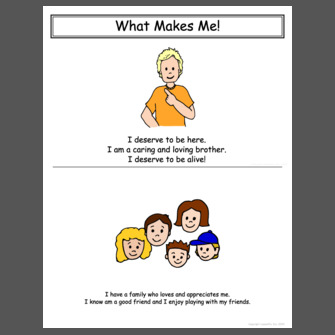
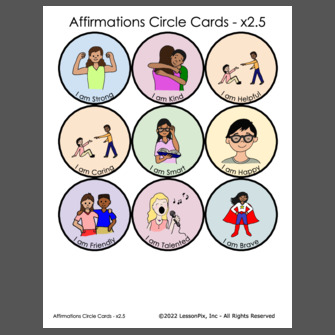

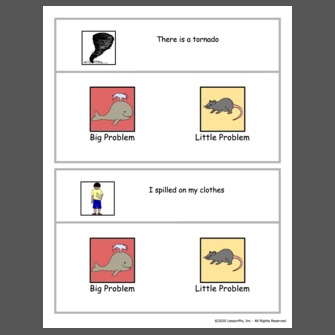
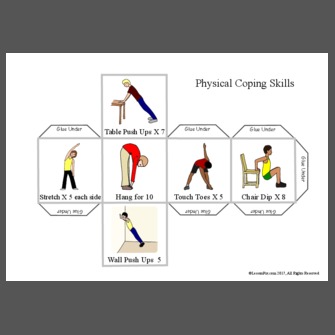

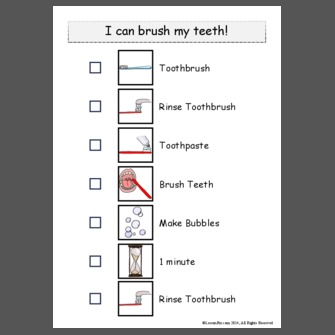
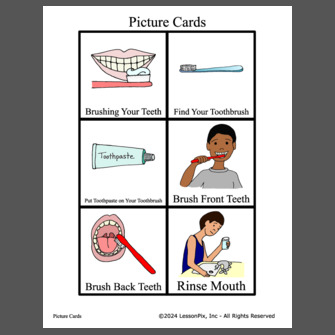
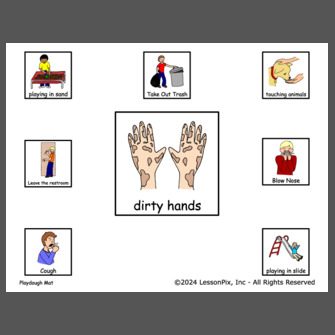
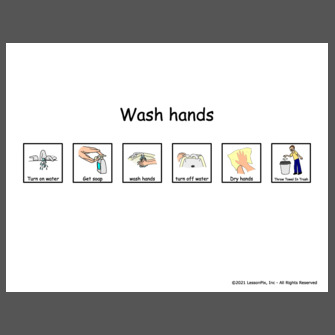

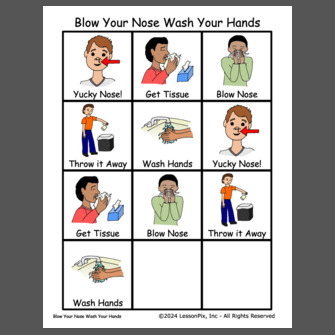
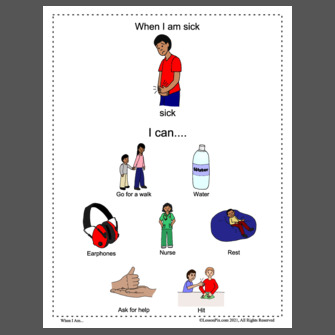
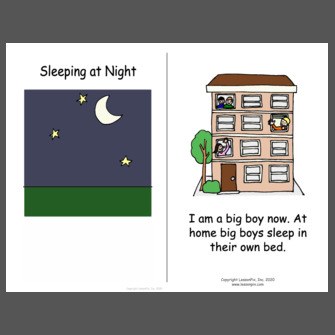
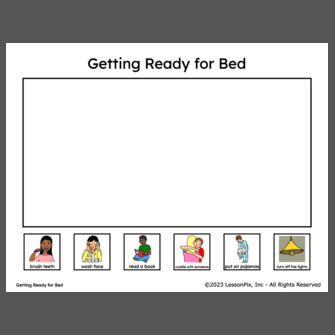
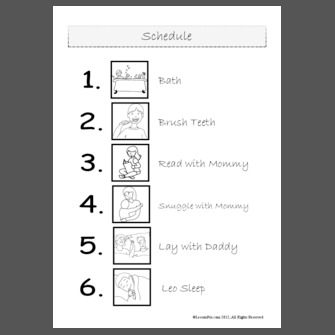
 Facebook
Facebook Twitter
Twitter Pinterest
Pinterest